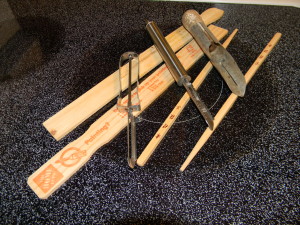The world is heading toward cloud computing at a frantic pace. However, the question is whether cloud computing is ready for the world to rely on it. I keep hearing about major outages of line of business applications. This is not good. Businesses need to be able to rely on these applications in order to complete their daily operations. However, when they aren’t functioning properly, it can cause big problems for the business. Of course, some businesses do reach out to IT companies in Melbourne, or somewhere closer to their office, for help with these sorts of problems. That usually helps businesses to continue working with few problems, ensuring that they can get their work done. However, for businesses without IT support, this can cause huge issues. For example, Visual Studio Online recently suffered a major outage. If you’re a developer, the last thing you want to hear is that you can’t access the application you use to create new applications. Just think about the implications about such a scenario for a while and all kinds of negative images come to mind.
What really gets to me is that Microsoft did manage to get Visual Studio Online fixed in about five hours and it identified a potential source for the problem, but it still doesn’t know the cause. Not knowing the cause means that the problem can easily happen again. The loss of income to companies that rely on Visual Studio Online could be huge.
However, the basic problems with cloud computing aren’t just limited to application availability. The biggest problem is saving data to the cloud in the first place. Application development is tricky at best. You absolutely don’t want to give your trade secrets away to other companies and losing data is too terrible to even consider. There is also the connection to consider-whether your users will be slowed down by inefficient communications. Cloud-based applications can also change at a moment’s notice and it’s even possible that a company could simply orphan the product, making it completely unavailable. Losing access to your application in the middle of a development cycle would mean starting from scratch-can your organization really afford it?
Don’t get me wrong. Online computing has a lot of advantages and there are times when using a cloud application works just fine. In fact, I use a cloud application to write my blog each week. However, I also save a copy of the posts to local storage because I simply don’t trust anyone else to make my backups for me. One of my non-business e-mails is also a cloud application. I don’t make a copy of the data in this case because losing it wouldn’t cause any hardship. The point is that I think through the ramifications of using cloud computing carefully and make informed choices-something every organization needs to do.
sd-wan to disconnect from my network. Your business simply has too much riding on the applications you use to have to worry about whether the application will even be available then next time you need it.
I’m sure that some people will write to let me know that their cloud application has never failed tns-serif; font-size: 14px;”>Will cloud computing ever be ready for prime time? I’ve had a number of readers ask that question. I’m sure that cloud computing will continue to improve. There may come a time when you can trust it hem, to which I would add, “yet”. Desktop applications fail too, but with a desktop application, you’re in control. You have a copy of the software locally and you don’t have to worry about the software becoming unavailable or being changed at precisely the wrong time (adding code breaking functionality). Let me know your view of cloud computing at [email protected].

